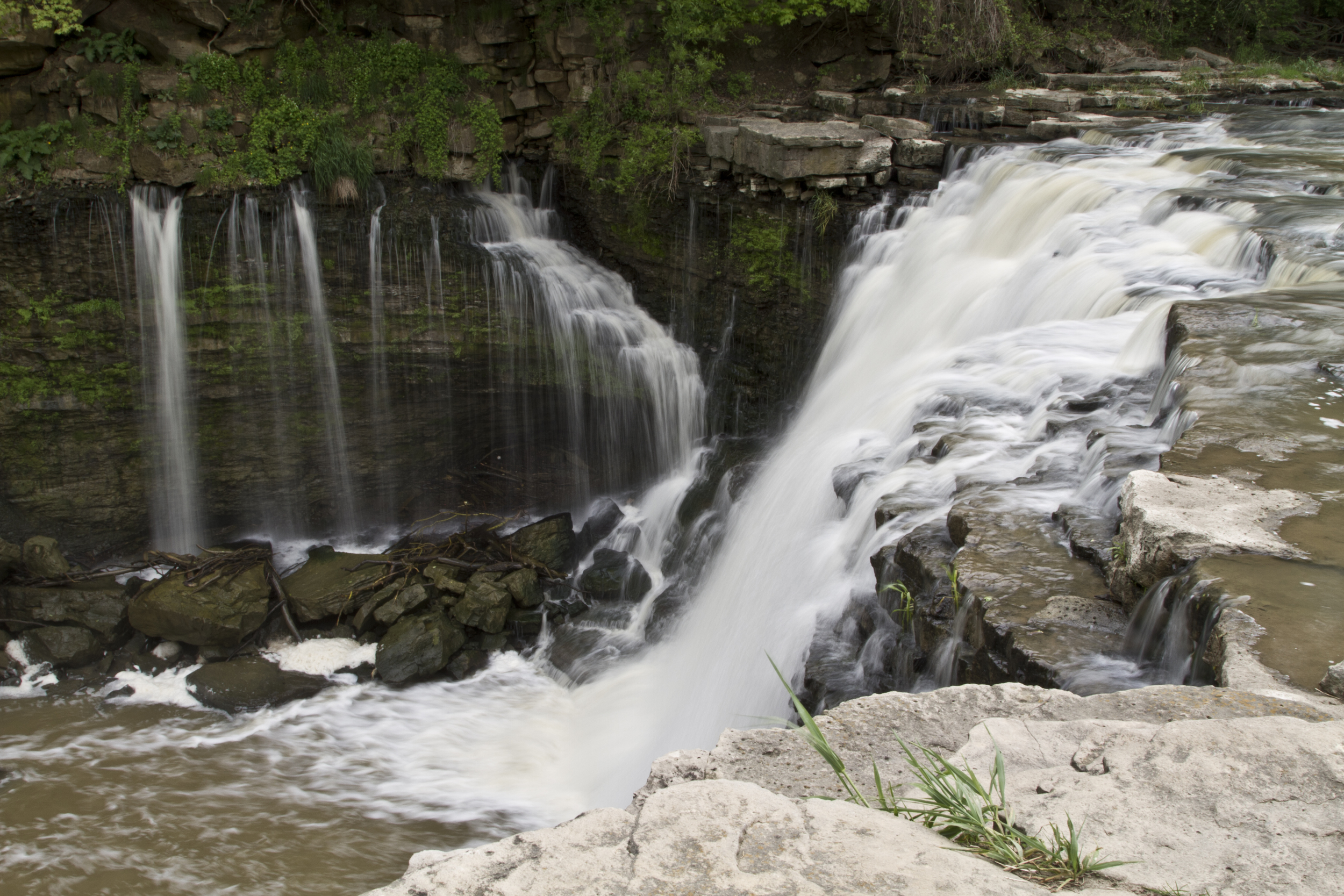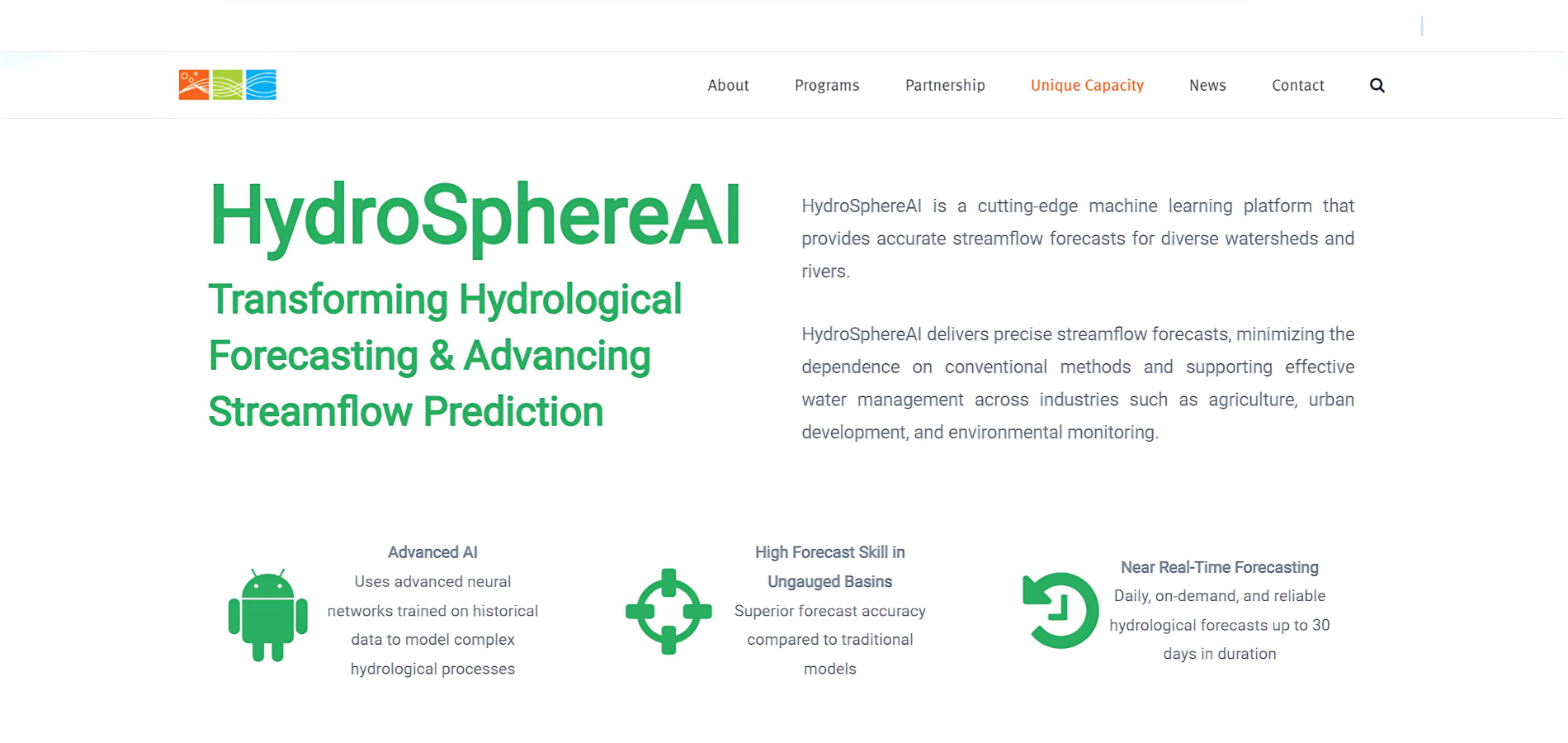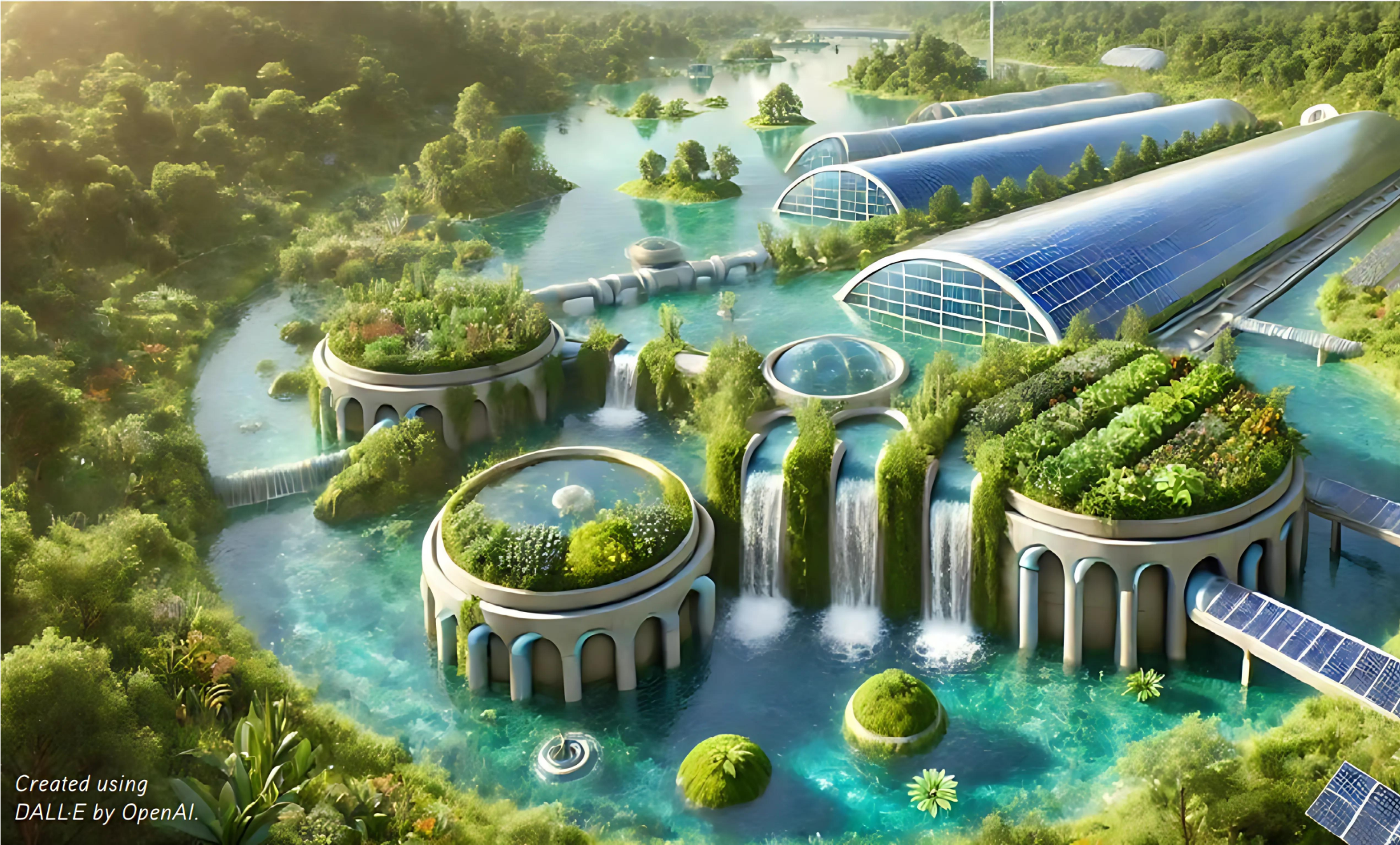

HGS RESEARCH HIGHLIGHT – External and internal drivers behind the formation, vegetation succession, and carbon balance of a subarctic fen margin
In this research publication, researchers investigated the formation, vegetation succession, and carbon balance of peatland margins in Finnish Lapland. This study leverages HydroGeoSphere (HGS) alongside paleoecological records and remote sensing to address long-standing challenges in understanding how new peatland areas initiate, expand, and influence climate through carbon cycling.

HGS RESEARCH HIGHLIGHT - Model simplification to simulate groundwater recharge from a perched gravel-bed river
This publication co-authored by Antoine Di Ciacca, Scott Wilson, Patrick Durney, Guglielmo Stecca, and Thomas Wöhling, investigates model simplification strategies to simulate groundwater recharge from perched gravel-bed rivers. This study leverages HydroGeoSphere (HGS) as a fully integrated 3D surface–subsurface model, alongside 2D cross-sectional and 1D analytical models, to address long-standing challenges in representing river–aquifer interactions while reducing computational demands.

HGS RESEARCH HIGHLIGHT – Vulnerability of the Saint-Charles drinking water source: portrait of the groundwater resources of the St-Charles River watershed and their links with surface water
We’re pleased to highlight this research effort, which focuses on understanding the vulnerability of the Saint-Charles River drinking water source and characterizing the groundwater resources that support it. Presented through a public-facing ArcGIS Story Map, this project delivers an accessible summary of a detailed hydrogeological study that integrates field measurements, geochemical analyses, and numerical modelling to evaluate the watershed’s current and future ability to provide safe, reliable drinking water for the City of Quebec and its surrounding municipalities.

HGS RESEARCH HIGHLIGHT – Source Water Protection in Quebec City: Using an integrated 3D hydrological model to investigate surface water-groundwater interactions
The research, presented as a poster by Benjamin Frot at EGU 2025, explores the use of HydroGeoSphere (HGS) to investigate surface water–groundwater interactions in the Saint-Charles River watershed, which supplies drinking water to Quebec City. With a focus on source water protection, the study addresses the challenges posed by increasing urbanization, contamination from septic systems and road salts, and reduced water availability during low-flow periods. The work is part of a larger project aimed at evaluating the vulnerability of Quebec City's main surface water intake.

HGS RESEARCH HIGHLIGHT – Monetizing the role of water in sustaining watershed ecosystem services using a fully integrated subsurface–surface water model
This research, co-authored by David R. Lapen, Susan Preston, Tariq Aziz, and Steven K. Frey, highlights the role of subsurface water in sustaining ecosystem services during droughts. Using HydroGeoSphere (HGS), the team analyzed the South Nation Watershed (SNW) in eastern Ontario, emphasizing how subsurface water supports evapotranspiration in agricultural landscapes.

Staff Research Highlight - Water sources and threshold behaviors of streamflow generation in a mountain headwater catchment
We’re pleased to highlight this publication, co-authored by Aquanty’s senior scientist, Hyoun-Tae Hwang, which examines the water sources and threshold behaviours of streamflow generation in a mountain headwater catchment.

Staff Research Highlight - Development of a fully integrated hydrological fate and transport model for plant protection products: incorporating groundwater, tile drainage, and runoff
This research investigates how the integrated hydrological modelling of plant protection products (PPPs) such as pesticides can provide a more comprehensive understanding of their environmental behavior across groundwater, surface water, and tile drainage systems.

HGS HIGHLIGHT – Estimating cumulative wastewater treatment plant discharge influences on acesulfame and Escherichia coli in a highly impacted watershed with a fully-integrated modelling approach
In this research highlight, researchers used HydroGeoSphere (HGS) to explore the impact of wastewater treatment plant (WWTP) discharge on surface water contamination in a mixed-use watershed in Ontario, Canada. The study focused on tracking acesulfame, a commonly used artificial sweetener, and Escherichia coli (E. coli), a fecal indicator, to understand how these contaminants move between surface and groundwater systems. Understanding the interactions between surface water and groundwater is critical in watersheds where WWTP discharge contributes to regional water quality concerns.

HydroSphereAI featured in OWC’s Innovation Showcase
We’re proud to share that Aquanty’s cutting-edge hydrological forecasting tool HydroSphereAI is now featured in the Ontario Water Consortium (OWC) Innovation Showcase. The OWC highlights our machine-learning based streamflow forecasting tool, designed to address the complex water management challenges of today and position Aquanty as a leader in hydrological forecasting solutions.

“Homegrown Technologies Could Play a Key Role in the World’s Water Future” - Aquanty Featured in CWRA’s Water News Magazine
We’re proud to share that Aquanty has been highlighted in a recent issue of the CWRA’s Water News Magazine. This article explores the innovative tools we’ve developed to tackle 21st-century water resource challenges, positioning Aquanty as a leader in hydrologic system modelling both in Canada and internationally.
